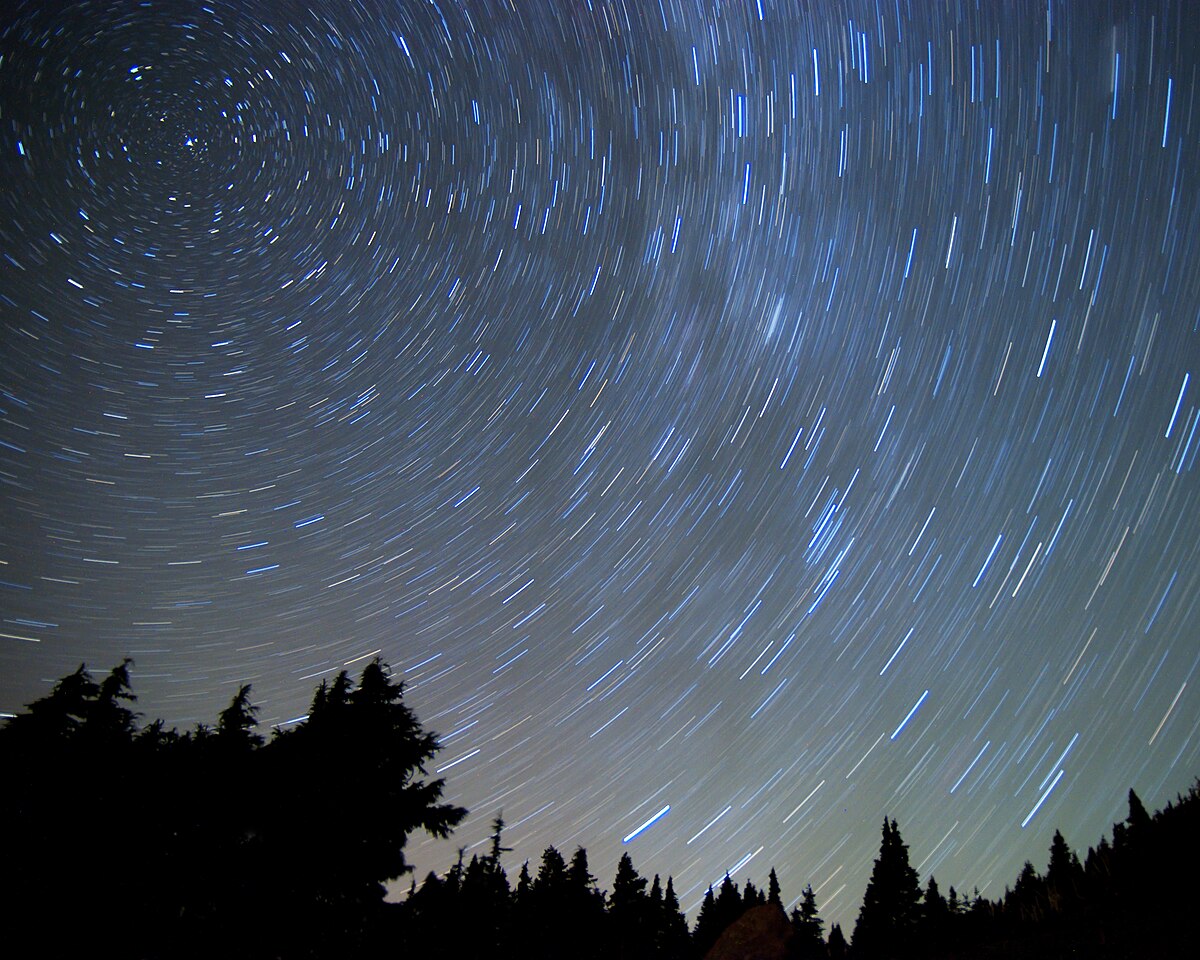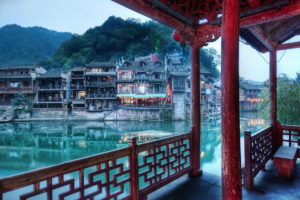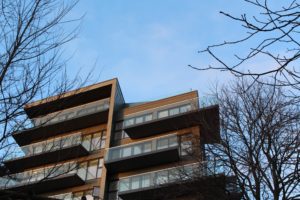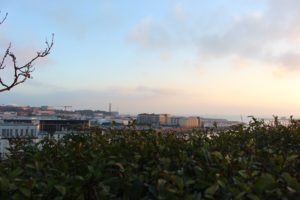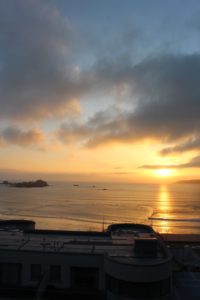Photo shoot Plan
Genre / Artist – Landscape, Romanticism
Concept – Natural beauty
Location – Coastlines, sand dunes, fields, forests
Props – Tripod,
Shot type – Landscape, low angle
Lighting – Natural
Settings – Landscape, shutter priority
Contact Sheet
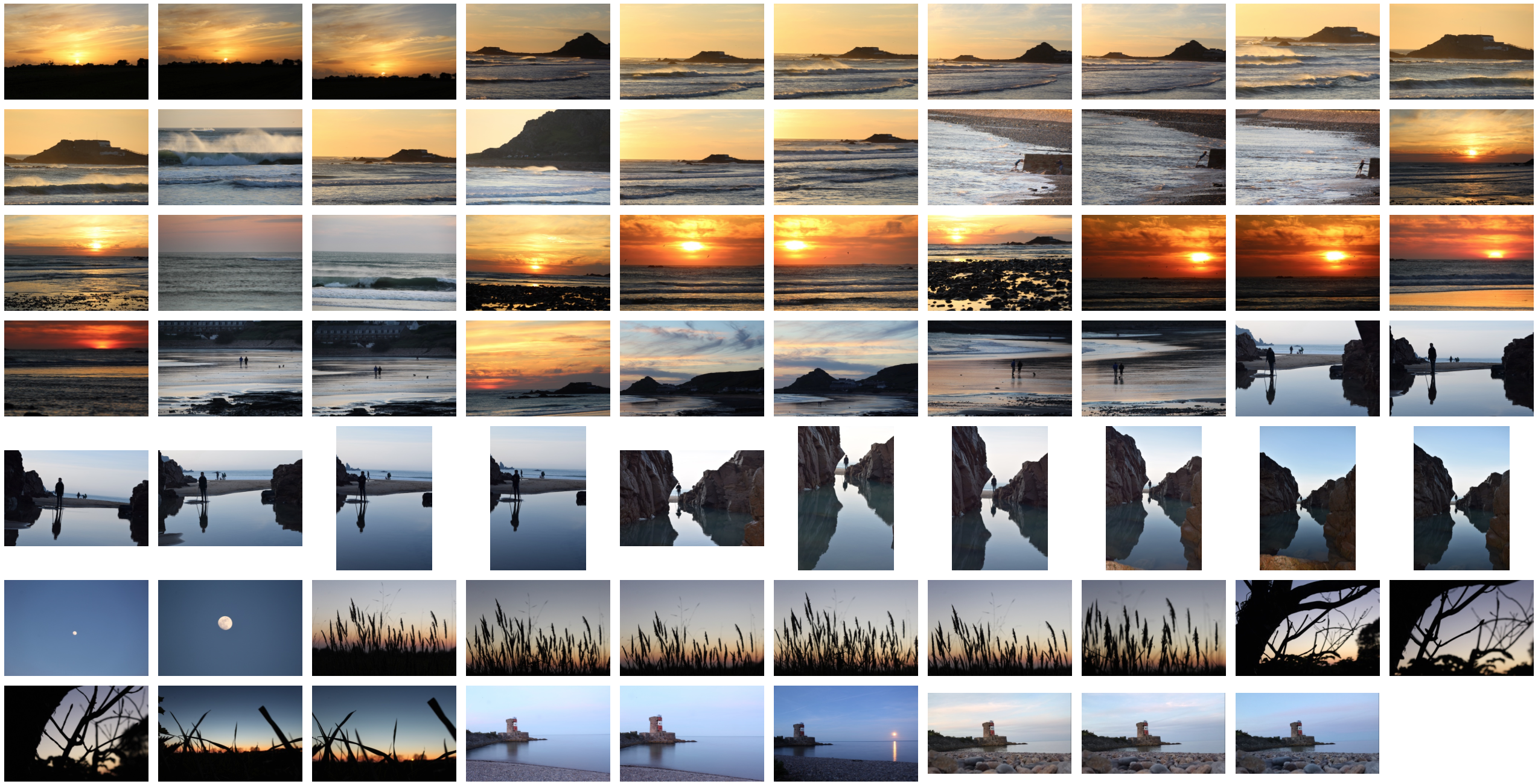
Editing Color into my photographs

This is the original photograph without any editing having been done to it. I felt as if this photo was effective in portraying the typical colours involved with a sunset which to me, created a boring and uninteresting photo as it can be seen in real life which is much more aesthetically pleasing. To ensure I could entice the viewer with this photograph, i decided to take it to Lightroom and add a variety of vibrant and saturated colours which would influence the audience to appreciate the picture. I believe these colours really bring the sunset to life which has a strong contrasted connotations of how the life (the sun) is dissappearing for the night.
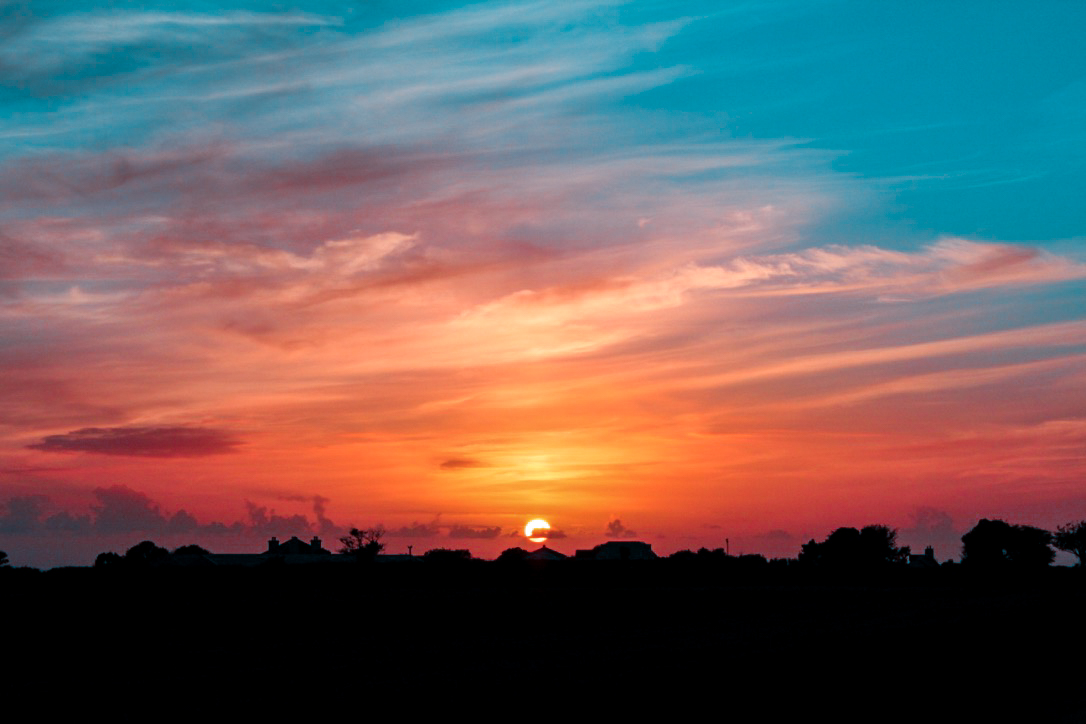


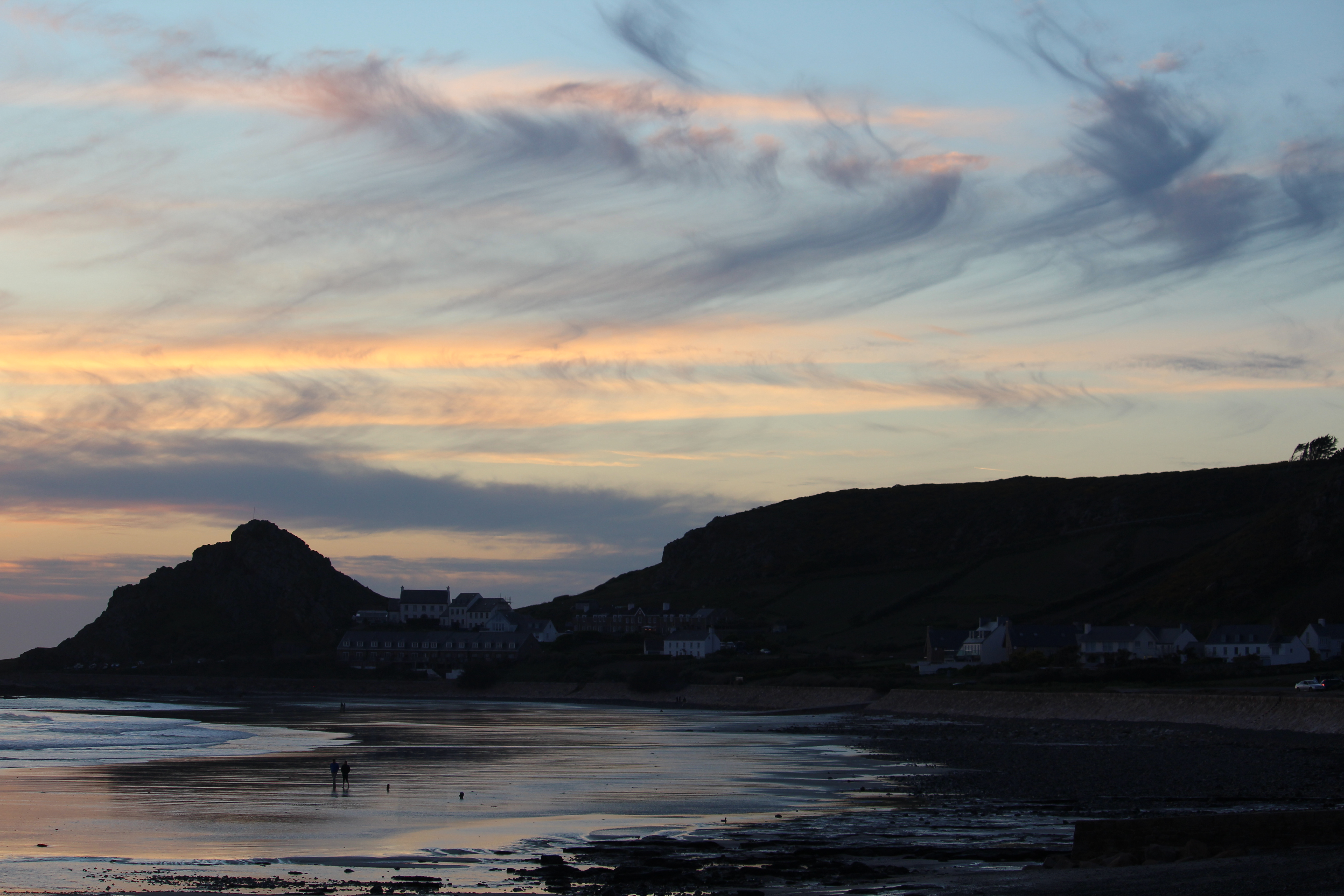

Editing photos into B+W

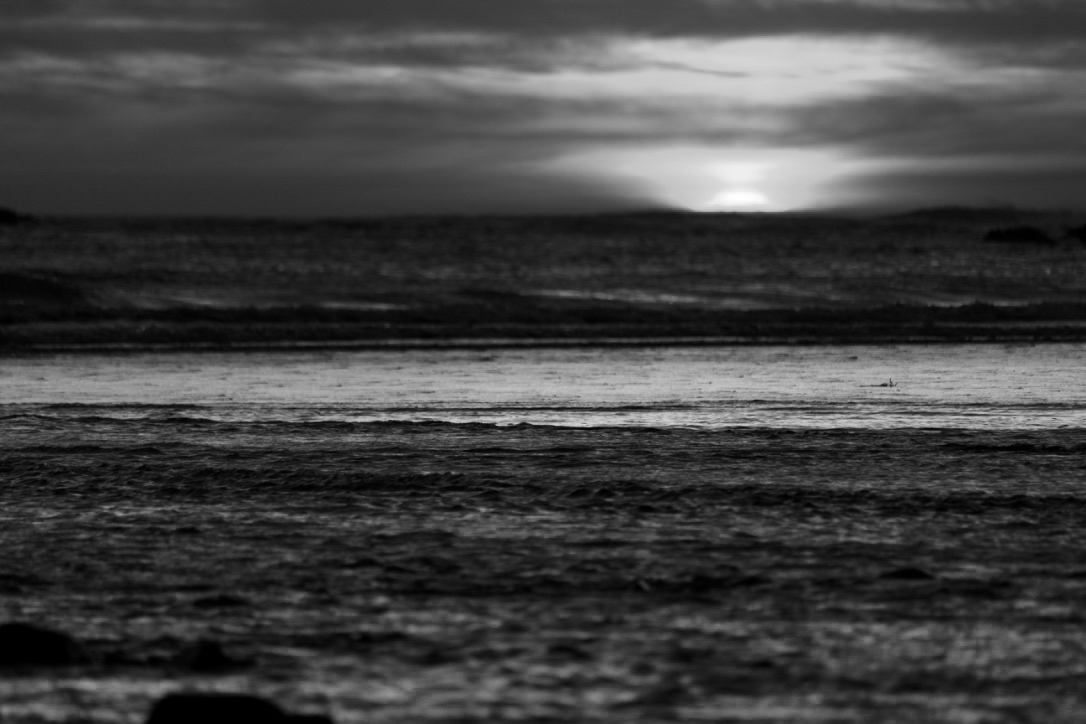
I think that the main success with these black and white photos are the texture which are visible within both. The sand and skies give a great texture with a variety of patterns leading the viewer around the photo. I think that these images could relate to the death of the sun each day as the black and white effect has connotations with death and symbolises this.



